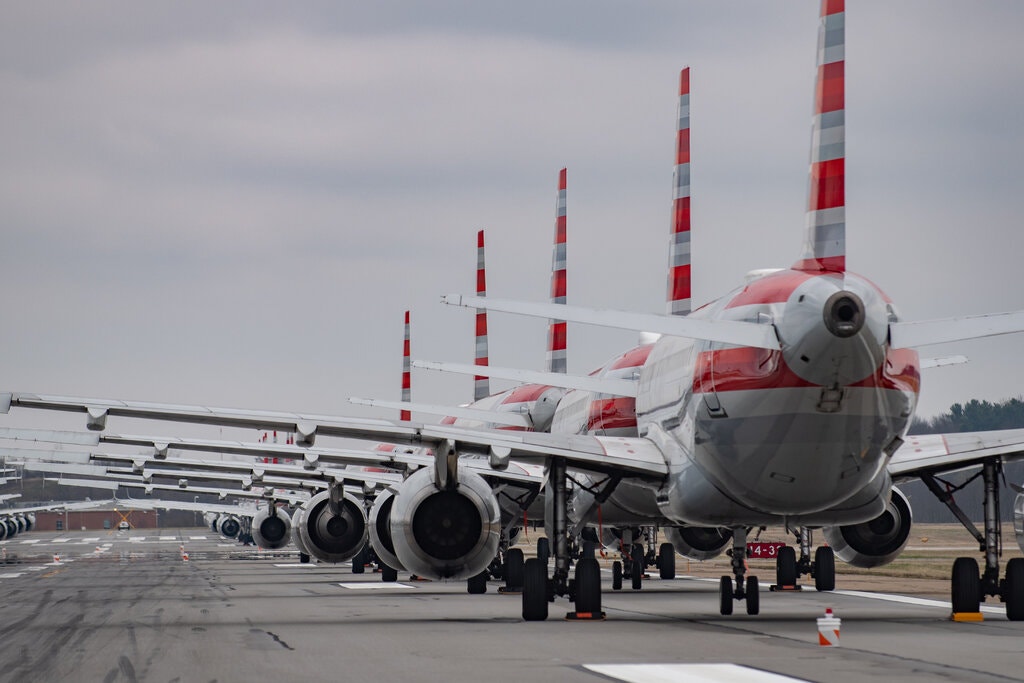

The Trump administration on Wednesday made public the federal government’s first proposal to control planet-warming pollution from airplanes, but the draft regulation would not push the airlines beyond emissions limits they have set for themselves.
President Trump is still pressing forward on his three-and-a-half-year rollback of environmental standards, and the proposed airline rule would stave off an impending lawsuit by putting the federal government in compliance with a legal requirement that it regulate airplane greenhouse emissions.
“This is the third time in the past two years that this administration has taken major action to regulate greenhouse gases in a way that is legally defensible, reduces CO2 and protects American jobs,” Andrew Wheeler, the head of the Environmental Protection Agency, said on a telephone call with reporters Wednesday morning.
Mr. Wheeler said he was referring to a 2019 regulation on greenhouse emissions from power plants and an April rule governing emissions from vehicle tailpipes. Both of those rules replaced far more stringent climate change standards developed by the Obama administration, and in both cases the new rules allow for more planet-warming emissions than their predecessors.
The airline rules would be similar; critics say the substance of the proposal does little more than codify a set of standards largely created by the aviation industry itself, and is unlikely to diminish the industry’s contribution to global warming.
The new proposal on airplane emissions, which would be open to public comment before being legally finalized, is modeled after a plan drafted largely by international airline companies and adopted in 2016 by the International Civil Aviation Organization, a United Nations body. That plan required a 4-percent reduction in fuel consumption of new aircraft starting in 2028 compared with 2015 deliveries.
“The loud and clear message I heard from the airline industry was to implement” that standard, Mr. Wheeler said.
Airline manufacturers praised the rule. Bryan Watt, a spokesman for Boeing, called the new rule “a major step forward for protecting the environment and supporting sustainable growth of commercial aviation and the United States economy.”
Environmentalists have long said aviation emissions need to be reduced to prevent the worst effects of global warming. Air travel accounts for about 2.5 percent of global carbon dioxide emissions, a far smaller share than emissions from passenger cars or power plants. But those emissions are projected to triple by 2050, according to the International Civil Aviation Organization.
Analysts and environmentalists said the neither the existing United Nations standard nor its formal adoption by the United States would do anything to lower aviation emissions because the airline industry met that standard years ago.
“Those standards are just a joke,” said Clare Lakewood, an attorney with the Center for Biological Diversity, an advocacy group. “They don’t require any meaningful emissions reductions.”
In January, several environmental groups filed a legal notice of their intent to sue the Trump administration for its failure to meet that requirement, giving 180 days notice. That notice expires on July 28, but with the release of the draft rule, the environmental groups no longer have grounds to sue the administration to release a regulation on aviation pollution.
Guest post from The New York Times




